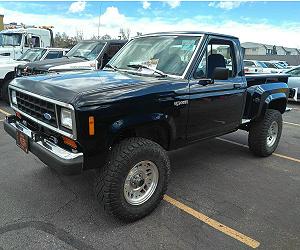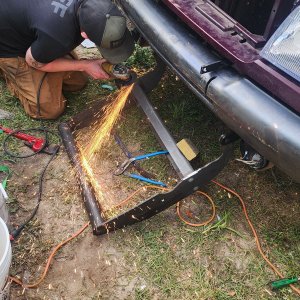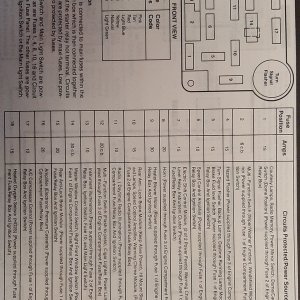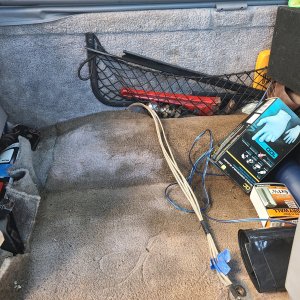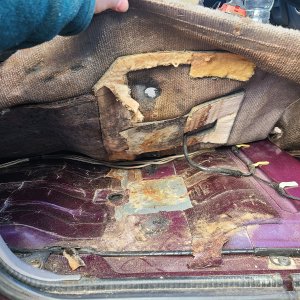Watched that the other day. Good experiment for what he tested and his applications, but he missed and/or ignored a few things that I think are important.
- Used the same wheel between different tire widths (315 & 255 Baja Boss). Putting the wider tire on the narrower wheel is going to affect contact patch, he should have used the wider tire on a wider wheel for more acurate test.
- When he compared the two wide tires (315 Baja Boss and KM2) they appeared to be on different width wheels, plus the beadlock would affect how they are allowed to flex on respective wheel. Same width tire should be tested on same width wheel and same beadlock/nonbeadlock.
- Compared worn/broken in tire against new tires. Broken in tire that's been run at low pressures is likely to have more flexability than a new tire. Adding the used KM2 skewed the data, should have compared all tires in same general condition.
- Ignored terrain variables. To be fair he said from the start that this was about the surfaces he runs on which is rockly terrain. Mud, snow, and sand are going to have different tire requirements. How they contact the tire is also going to be different than a solid surface like rocks. The tire needs to conform to the shape of the rock, where as the mud and sand are going to conform to the shape of the tire. Snow is something completely different.
Regardless of the testing results I'm going to go for style first on mine. The F-100 needs tall narrow tires, the F-250 needs a wider tire. Having said that, both are currently running the same tire (size, brand, and model). About stock size on the F-250 (I think), oversize on the F-100. Measure about the equivalent of a 32x10. Next time around the F-100 might go taller, definitely more agressive on tread, and probably about the same width.


